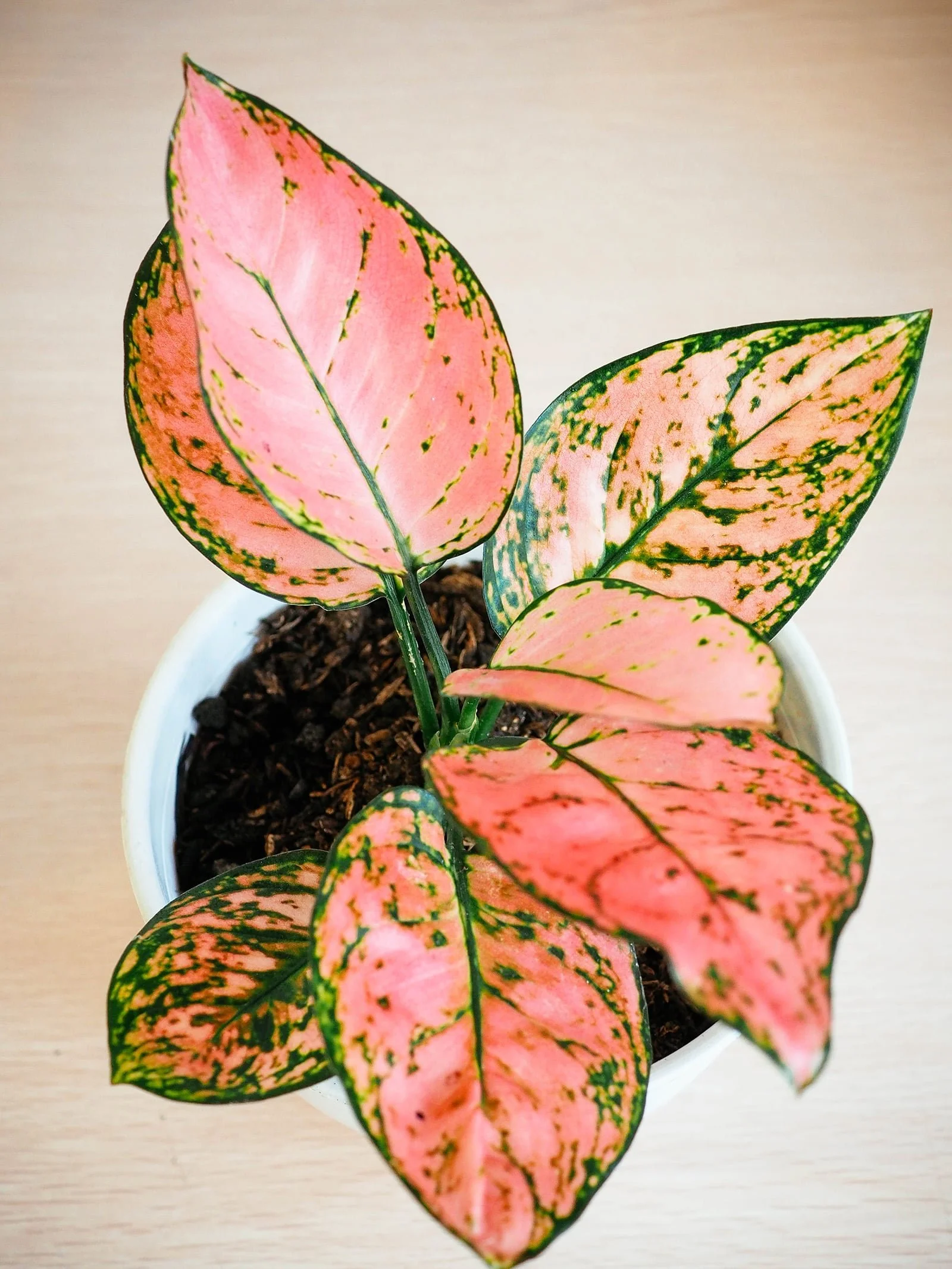Agalomena ‘BJ Freeman’
Scientific Name: Aglaonema commutatum
Agalonema 'BJ Freeman' is an evergreen perennial plant known for its striking foliage and adaptability. This variety typically features large, glossy leaves that can grow up to 12 inches long and 4 inches wide. The leaves exhibit a rich green color embellished with silver or light green markings, giving the plant an attractive appearance. The compact growth habit generally reaches heights of around 2 to 3 feet, making it suitable for both indoor and outdoor spaces.
The history of Agalonema begins in the tropical regions of Southeast Asia, where it thrives in low-light, humid environments. The 'BJ Freeman' cultivar is one of many developed in the 1980s as part of a breeding program aimed at enhancing the plant's ornamental qualities and resilience. It has gained popularity among houseplant enthusiasts due to its air-purifying capabilities and low maintenance requirements, making it a favored choice for homes and offices alike.
Light
Light Conditions: Aglaonema thrives in low to moderate indirect light. While it can tolerate low light, bright, indirect light is ideal for vibrant color and growth. Avoid direct sunlight, as it may scorch the leaves.
Watering
Watering Frequency: Water the plant when the top inch of soil feels dry. This typically means watering every 1-2 weeks, depending on humidity and temperature.
Drainage: Ensure the pot has drainage holes to prevent root rot. Empty any excess water from the saucer after watering.
Humidity
Humidity Levels: Aglaonema prefers a humidity level of 50% or higher. In drier environments, consider misting the leaves or using a humidity tray.
Temperature
Optimal Temperature: Maintain indoor temperatures between 65°F and 80°F (18°C - 27°C). Protect the plant from cold drafts and sudden temperature changes.
Soil
Soil Type: Use a well-draining potting mix. A mix designed for indoor plants or a combination of potting soil, perlite, and peat moss works well.
Fertilizing
Fertilization Frequency: Feed Aglaonema with a balanced, water-soluble fertilizer every 4-6 weeks during the growing season (spring and summer). Reduce feeding in the fall and winter months.
*Toxicity
Toxic to cats and dogs



